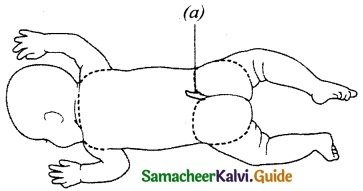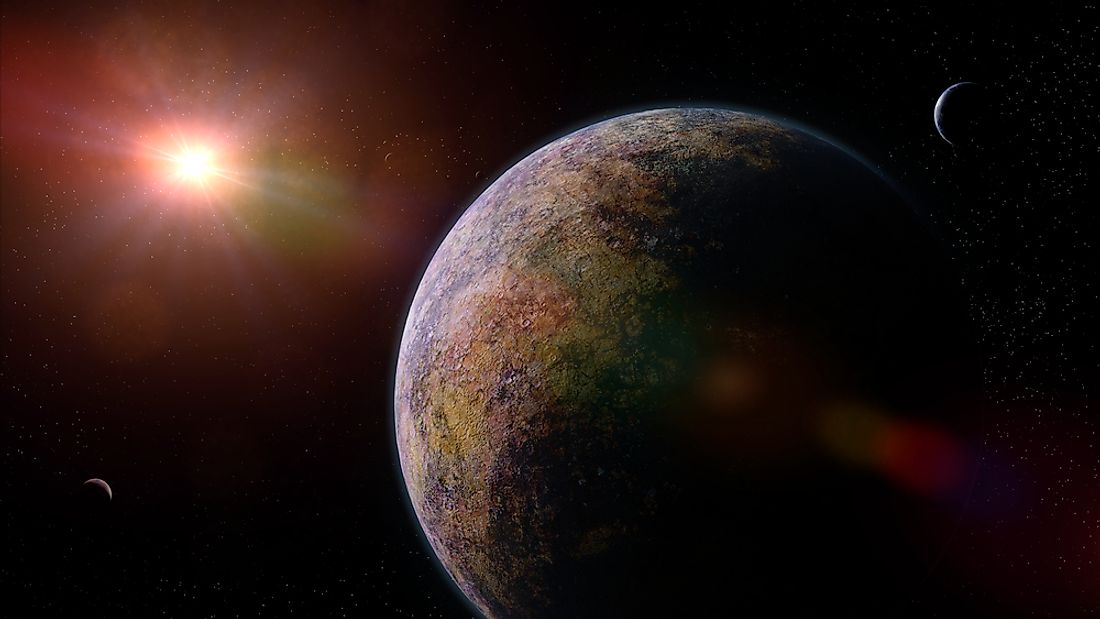

In astronomy and astrobiology, the circumstellar habitable zone (CHZ or sometimes “ecosphere”, “liquid-water belt”, “HZ”, “life zone” or “Goldilocks zone”) is the region around a star where a planet with sufficient atmospheric pressure can maintain liquid water on its surface. Which is the habitable zone around a star?

The size of the habitable zone clearly depends on the luminosity of the star, which determines the equilibrium temperature of the planet. Why is the habitable zone called the Goldilocks zone?īecause it can be described in this way, sometimes it is referred to as the “Goldilocks Zone,” too. Discoveries in the Goldilocks Zone, like Earth-size planet Kepler-186f, are what scientists hope will lead us to water––and one day life. The ‘Goldilocks Zone,’ or habitable zone, is the range of distance with the right temperatures for water to remain liquid. Are there any planets in the Goldilocks zone? What is the correct meaning of Goldilocks Zone? Looking for planets in the Goldilocks Zone is a way that allows scientists to hone in their search for Earth-like planets that could contain life. – The Goldilocks Zone refers to the habitable zone around a star where the temperature is just right – not too hot and not too cold – for liquid water to exist. What is the Goldilocks zone and why is it important? To detect this water from space, it must be on the planet’s surface. As far as researchers know, this requires a planet to have liquid water. The standard definition for a habitable planet is one that can sustain life for a significant period of time. More than just temperature After all, Earth isn’t the only planet in the Sun’s Goldilocks Zone – Venus and Mars are also in this habitable zone, but aren’t currently habitable. Is Venus and Mars in the Goldilocks zone?

4 Why is the habitable zone called the Goldilocks zone?.3 Are there any planets in the Goldilocks zone?.2 What kind of planet can support life?.1 Is Venus and Mars in the Goldilocks zone?.


 0 kommentar(er)
0 kommentar(er)
